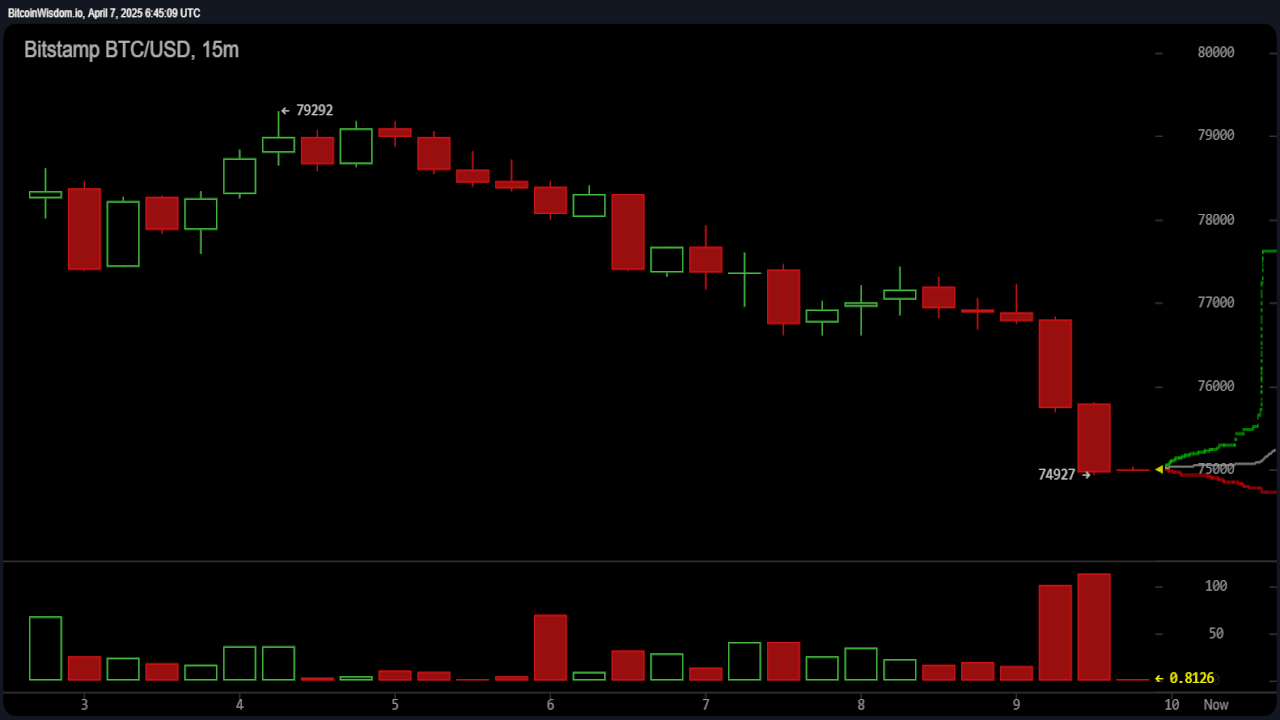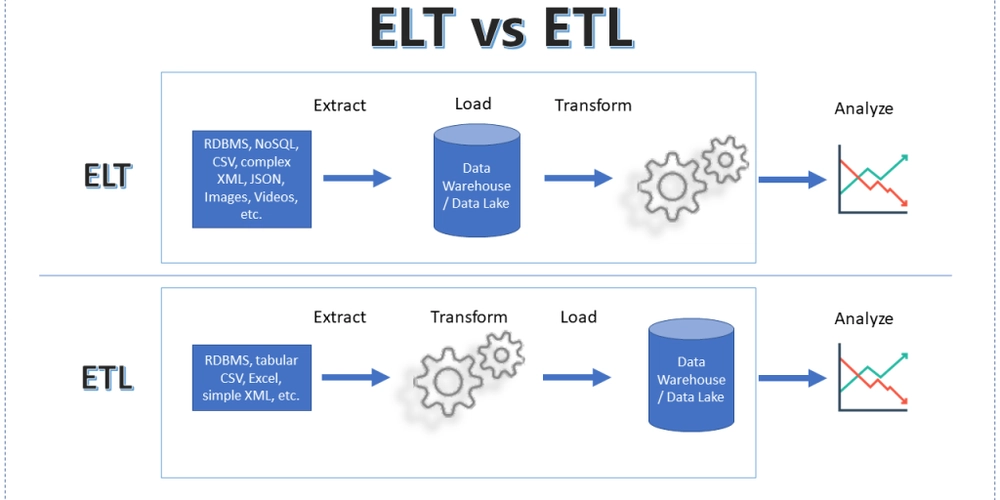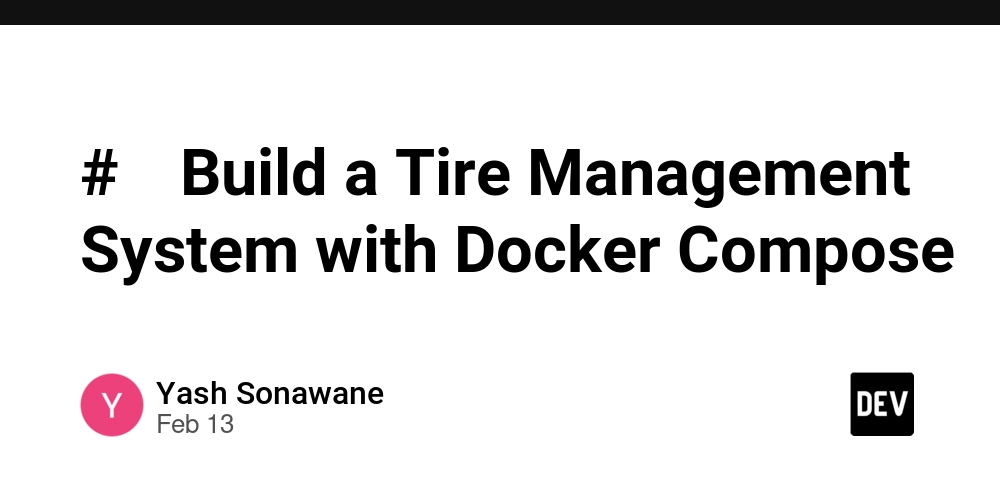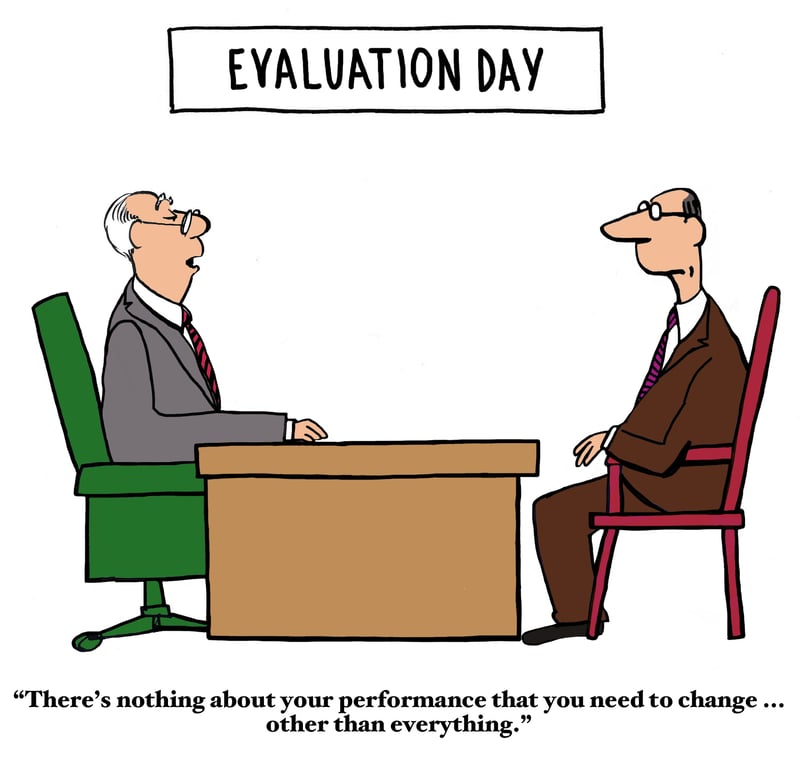Analyze the special solution for industrial PC disk power supply burnout
Analysis of Industrial PC Disk Power Supply Burnout: Causes and Solutions Overloading and Inadequate Power Rating Cause: Using a power supply with insufficient voltage/current ratings for the disk's demands leads to overheating. Solution: Ensure the power supply matches the disk's specifications, with a margin for peak loads. Consider industrial-grade PSUs with higher ratings. Voltage Spikes/Surges Cause: Power fluctuations from heavy machinery can damage components. Solution: Install surge protectors, voltage regulators, or UPS systems to stabilize input power. Thermal Stress and Poor Cooling Cause: High ambient temperatures or inadequate cooling (e.g., failed fans, clogged vents) cause overheating. Solution: Improve ventilation, use heat-resistant components, and monitor temperature with sensors. Regular cleaning of cooling systems is essential. Electromagnetic Interference (EMI) Cause: EMI from motors or equipment disrupts power supply stability. Solution: Shield the PSU, use EMI filters, and ensure proper grounding to minimize noise. Low-Quality Components Cause: Subpar capacitors or components fail under industrial stress. Solution: Opt for industrial-certified PSUs with high-quality, durable components (e.g., 105°C-rated capacitors). Frequent Power Cycling Cause: Repeated on/off cycles induce thermal stress. Solution: Implement soft-start circuits and minimize unnecessary power cycles. Wiring and Connection Issues Cause: Loose/corroded connections or undersized cables increase resistance. Solution: Use properly gauged cables, secure connections, and conduct routine inspections. Mechanical Vibration/Stress Cause: Vibrations loosen internal components or connections. Solution: Secure mounting, vibration-dampening materials, and ruggedized enclosures. Lack of Redundancy Cause: Single PSU setups risk overload during failure. Solution: Deploy redundant PSUs to distribute load and provide failover support. Aging and Wear Cause: Component degradation over time in harsh environments. Solution: Schedule preventive maintenance and replace PSUs proactively based on lifecycle. Software/Firmware Issues Cause: Incorrect power management settings increase power draw. Solution: Update firmware and optimize power settings to align with operational needs. Preventive Measures: Environmental Monitoring: Use sensors to track temperature, humidity, and vibration. Regular Audits: Inspect electrical systems and compliance with standards (e.g., IEC 61000 for EMI). Documentation: Maintain logs of failures to identify patterns (e.g., correlation with peak usage). Conclusion: Addressing these factors through design improvements, quality components, and proactive maintenance can significantly reduce burnout incidents. Tailoring solutions to specific industrial conditions ensures reliability and longevity of power supplies.
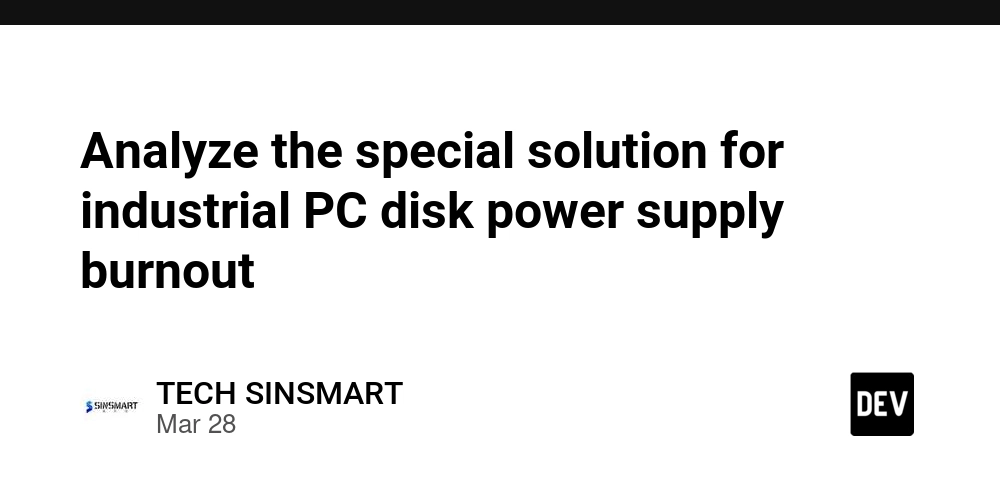
Analysis of Industrial PC Disk Power Supply Burnout: Causes and Solutions
Overloading and Inadequate Power Rating
Cause: Using a power supply with insufficient voltage/current ratings for the disk's demands leads to overheating.
Solution: Ensure the power supply matches the disk's specifications, with a margin for peak loads. Consider industrial-grade PSUs with higher ratings.
Voltage Spikes/Surges
Cause: Power fluctuations from heavy machinery can damage components.
Solution: Install surge protectors, voltage regulators, or UPS systems to stabilize input power.
Thermal Stress and Poor Cooling
Cause: High ambient temperatures or inadequate cooling (e.g., failed fans, clogged vents) cause overheating.
Solution: Improve ventilation, use heat-resistant components, and monitor temperature with sensors. Regular cleaning of cooling systems is essential.
Electromagnetic Interference (EMI)
Cause: EMI from motors or equipment disrupts power supply stability.
Solution: Shield the PSU, use EMI filters, and ensure proper grounding to minimize noise.
Low-Quality Components
Cause: Subpar capacitors or components fail under industrial stress.
Solution: Opt for industrial-certified PSUs with high-quality, durable components (e.g., 105°C-rated capacitors).
Frequent Power Cycling
Cause: Repeated on/off cycles induce thermal stress.
Solution: Implement soft-start circuits and minimize unnecessary power cycles.
Wiring and Connection Issues
Cause: Loose/corroded connections or undersized cables increase resistance.
Solution: Use properly gauged cables, secure connections, and conduct routine inspections.
Mechanical Vibration/Stress
Cause: Vibrations loosen internal components or connections.
Solution: Secure mounting, vibration-dampening materials, and ruggedized enclosures.
Lack of Redundancy
Cause: Single PSU setups risk overload during failure.
Solution: Deploy redundant PSUs to distribute load and provide failover support.
Aging and Wear
Cause: Component degradation over time in harsh environments.
Solution: Schedule preventive maintenance and replace PSUs proactively based on lifecycle.
Software/Firmware Issues
Cause: Incorrect power management settings increase power draw.
Solution: Update firmware and optimize power settings to align with operational needs.
Preventive Measures:
Environmental Monitoring: Use sensors to track temperature, humidity, and vibration.
Regular Audits: Inspect electrical systems and compliance with standards (e.g., IEC 61000 for EMI).
Documentation: Maintain logs of failures to identify patterns (e.g., correlation with peak usage).
Conclusion: Addressing these factors through design improvements, quality components, and proactive maintenance can significantly reduce burnout incidents. Tailoring solutions to specific industrial conditions ensures reliability and longevity of power supplies.









































































































































































![[The AI Show Episode 142]: ChatGPT’s New Image Generator, Studio Ghibli Craze and Backlash, Gemini 2.5, OpenAI Academy, 4o Updates, Vibe Marketing & xAI Acquires X](https://www.marketingaiinstitute.com/hubfs/ep%20142%20cover.png)


















































































































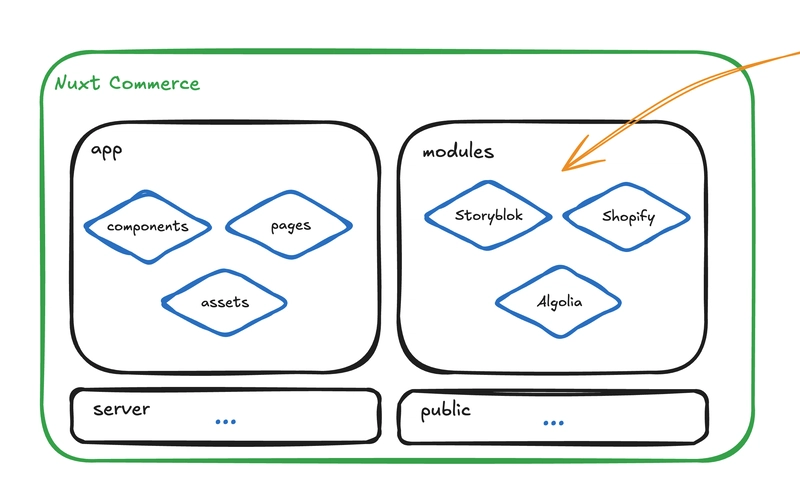
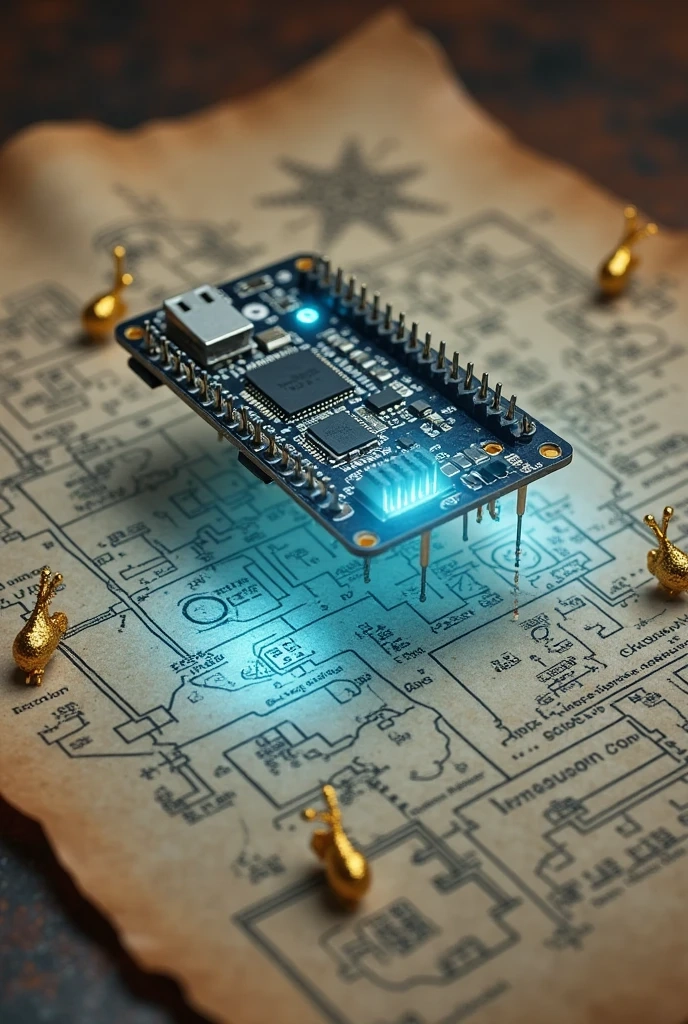











![[DEALS] The Premium Learn to Code Certification Bundle (97% off) & Other Deals Up To 98% Off – Offers End Soon!](https://www.javacodegeeks.com/wp-content/uploads/2012/12/jcg-logo.jpg)

![From drop-out to software architect with Jason Lengstorf [Podcast #167]](https://cdn.hashnode.com/res/hashnode/image/upload/v1743796461357/f3d19cd7-e6f5-4d7c-8bfc-eb974bc8da68.png?#)








































































































.png?#)


































_Christophe_Coat_Alamy.jpg?#)



.webp?#)






































































































![Apple Considers Delaying Smart Home Hub Until 2026 [Gurman]](https://www.iclarified.com/images/news/96946/96946/96946-640.jpg)
![iPhone 17 Pro Won't Feature Two-Toned Back [Gurman]](https://www.iclarified.com/images/news/96944/96944/96944-640.jpg)
![Tariffs Threaten Apple's $999 iPhone Price Point in the U.S. [Gurman]](https://www.iclarified.com/images/news/96943/96943/96943-640.jpg)


































































































